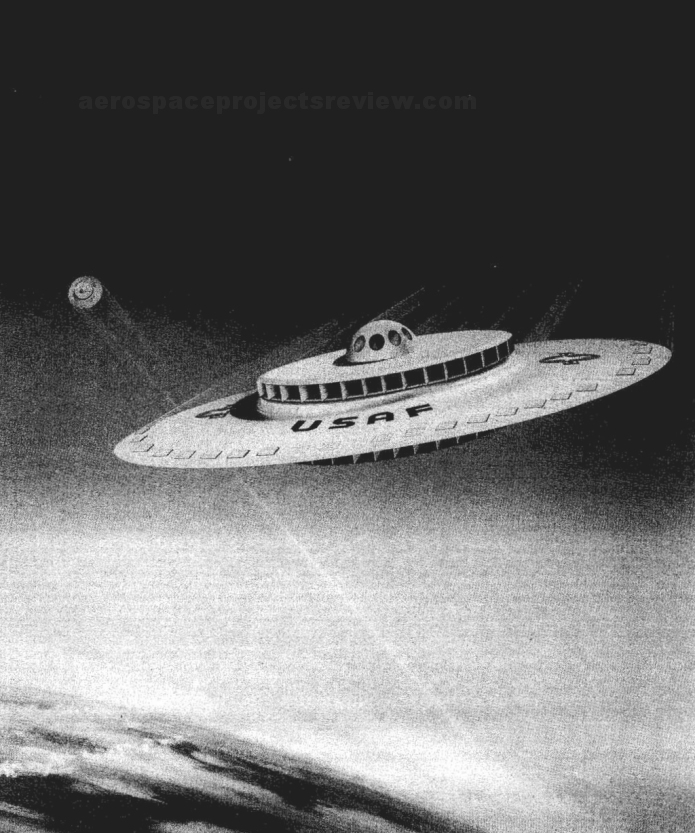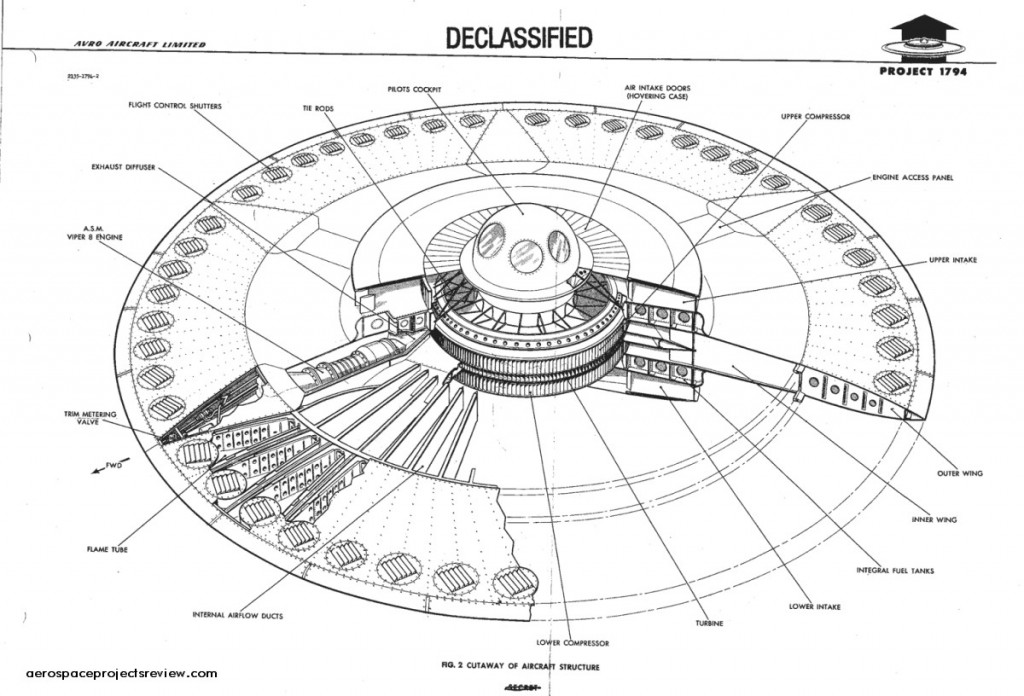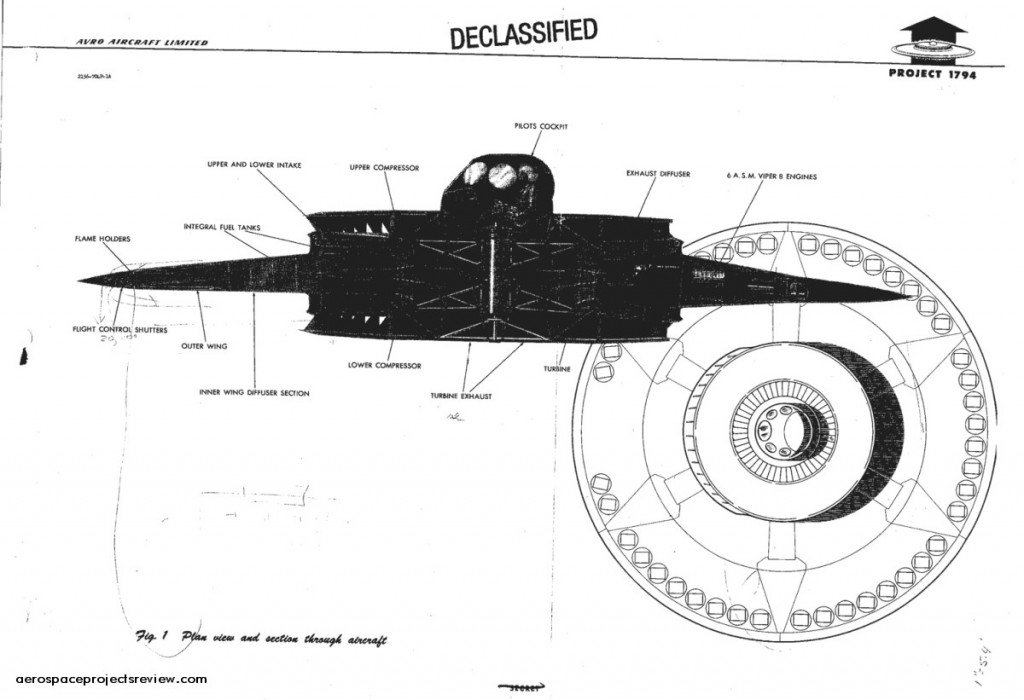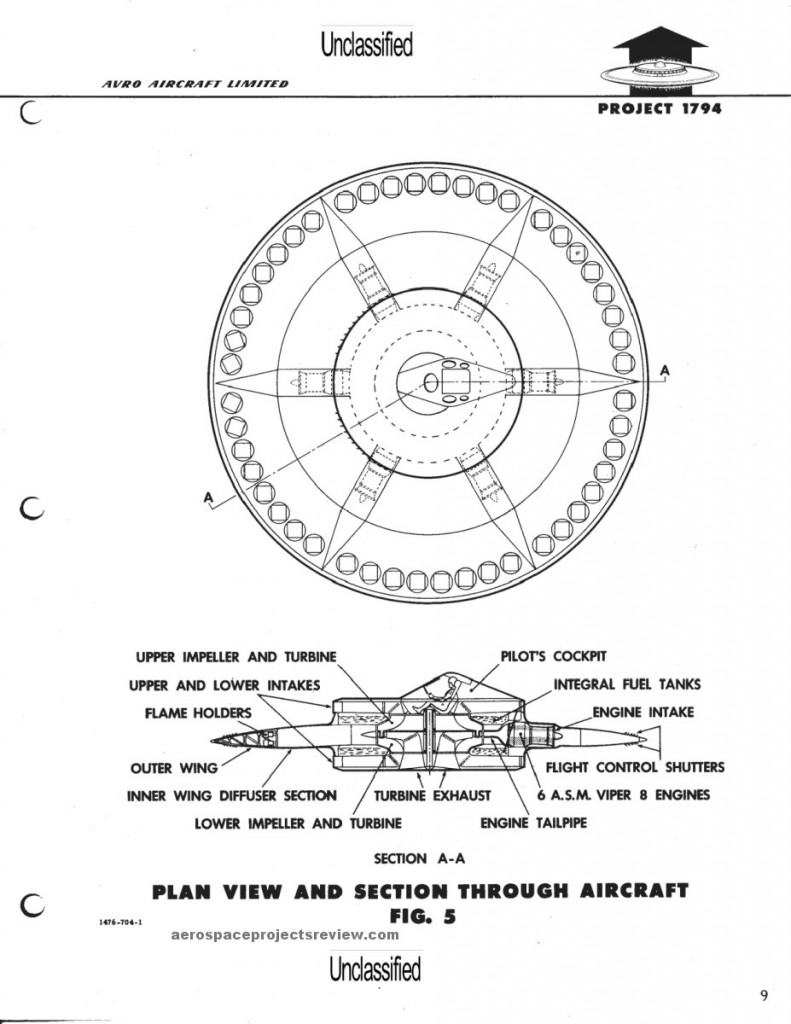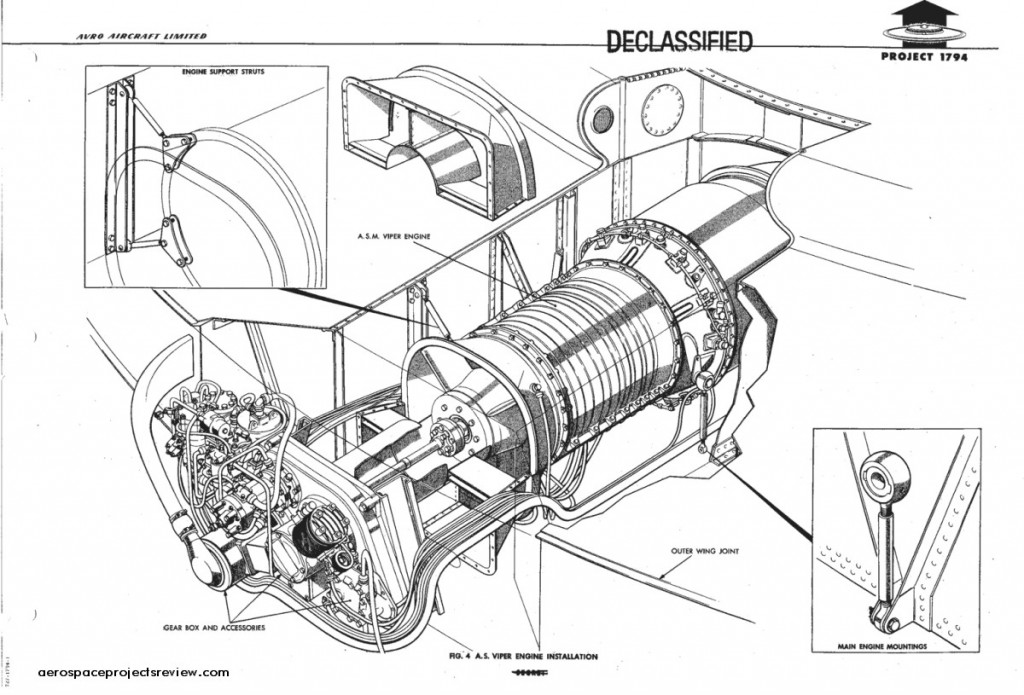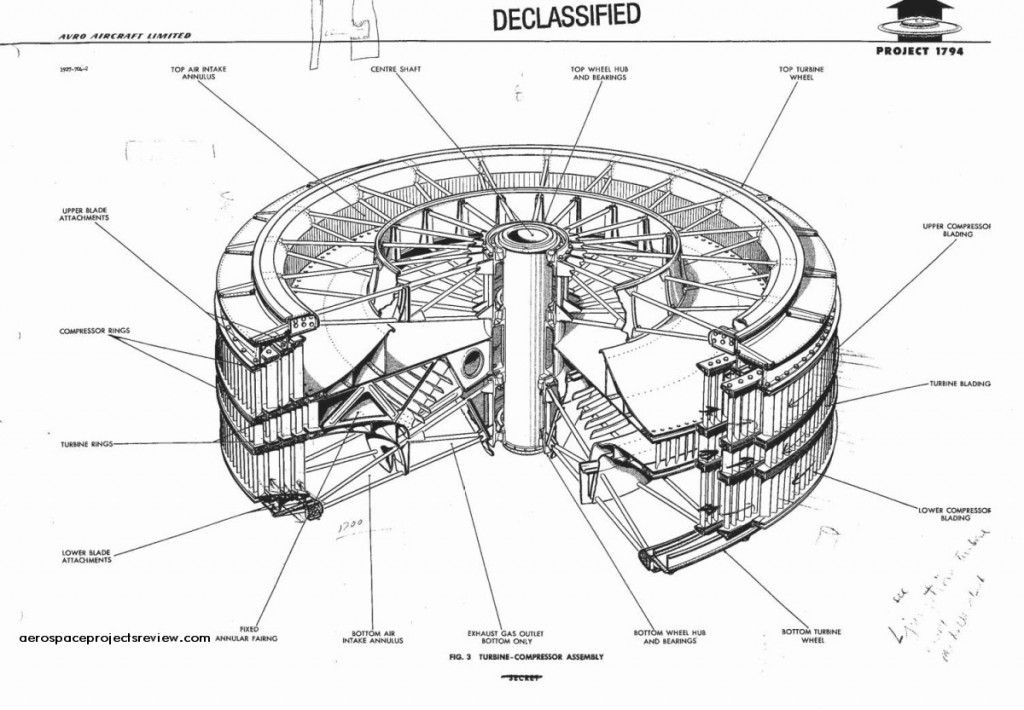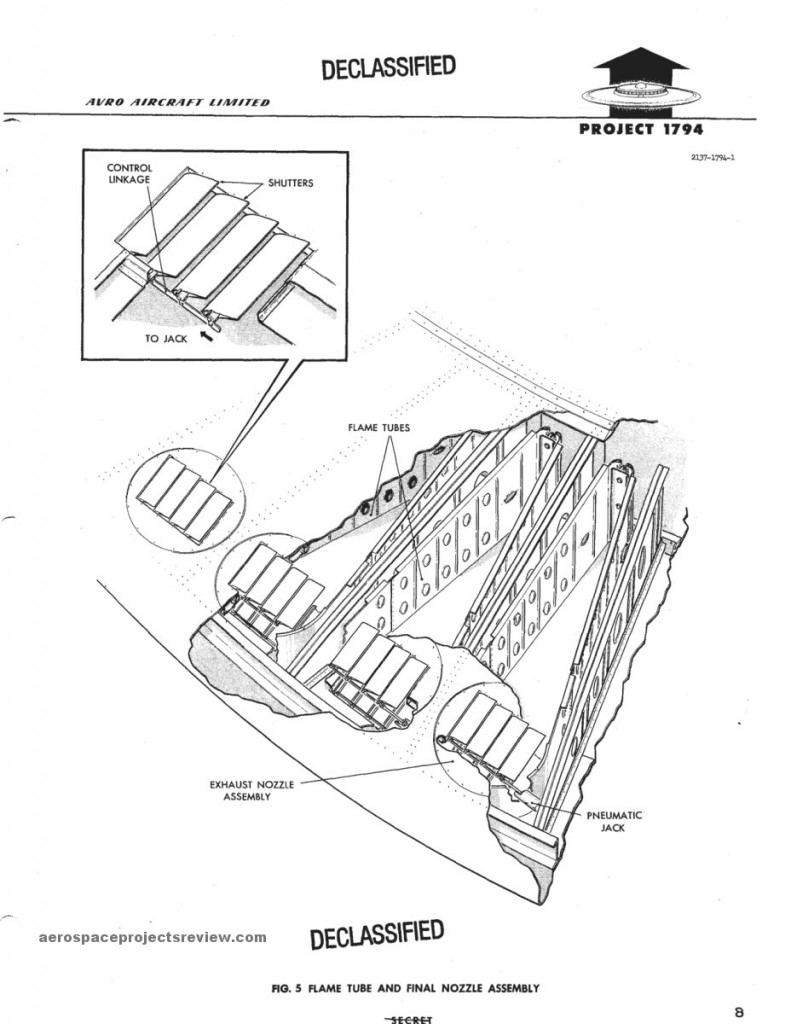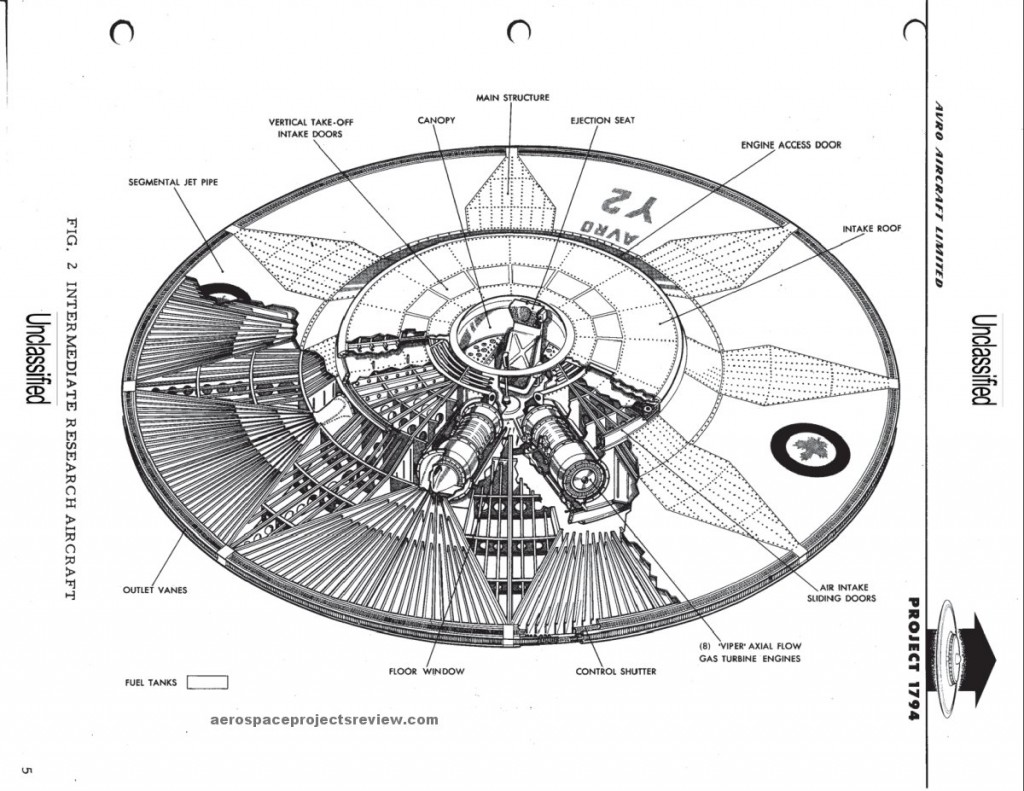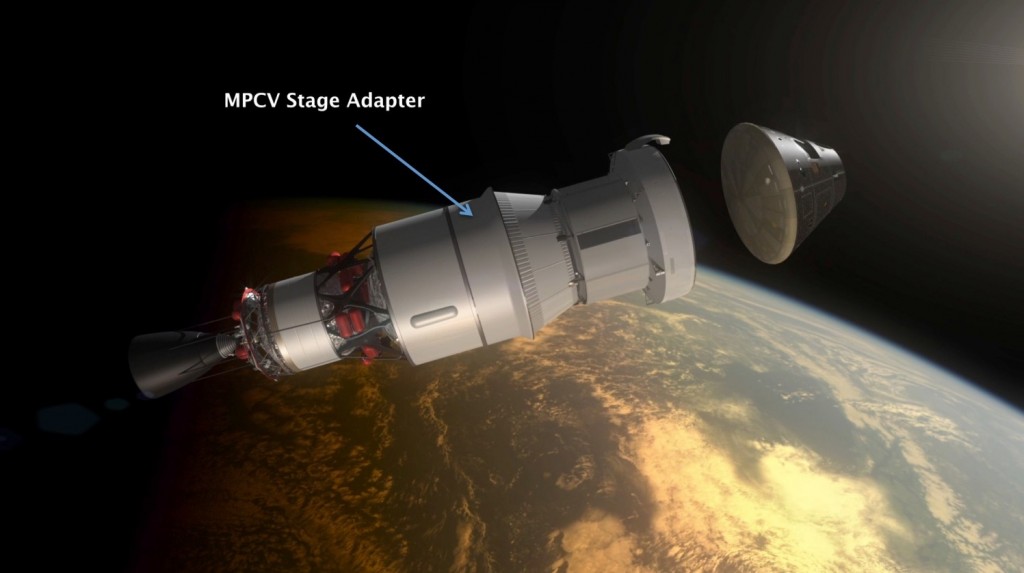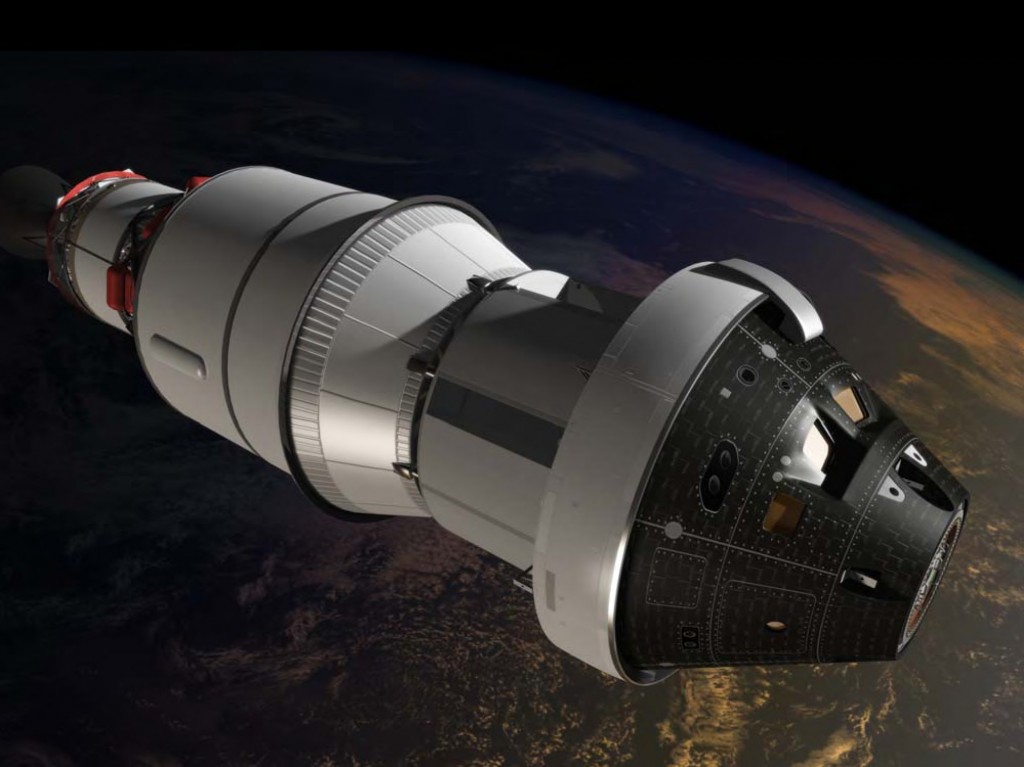A computer rendered side view of the MPCV (Multi Purpose Crew Vehicle), showing the abort tower and surprisingly voluminous boost protective cover over the capsule.
A 1966 Grumman concept for a long duration Lunar rover based on Lunar Module equipment, namely the crew compartment. Specifically, the cabin was from a Lunar Model derivative “lunar Shelter,” designed to land on the moon, but not to lift off again. By removing the rocket engine, propellant and other associated systems, a great deal of internal volume and payload mass would be made available. By mounting the cabin to a chassis with four wheels and 8 kilowatts of fuel cells, the MOLEM could provide a mobile shelter for two men for 14 days, permitting a total range of 250 nautical miles. Two 50 watt RTGS would be provided to power the MOLEM for up to 3 months after unmanned landing and the arrival of a crew. Other MOLEM drawings are HERE.
I picked up a batch of prints today, including:
1/72 Saturn V: came out great
1/72 Saturn Ib: Came out great
1/72 Saturn Ib/SRB: the print came out great, with the caveat that the original drawing is slightly fuzzier than the Ib
Skylab cutaway: came out great
LM equipment: Came out great
V-2 cutaway: MY EYES!!!! The fadde/old/off-white that looked good on screen came out a very bright and garish orange on paper. Fortunately I only had one each of two sizes printed. Back to the factory on these, tone it down and try again.
The LM and Skylab are bigger than the shipping tubes I have on hand. I have to order more, then I’ll start making ’em available.
I wandered up to the print shop to put in an order. The 1/72 Saturn V, the Lunar Module layout, the Skylab cutaway and both versions of the 1/72 Saturn Ib. The 1/144 Saturns and the Convair Nuke Bomber received far too little interest (the 1/72 Saturn Ib’s technically came in under the bar I’d set, but whatever…). I also ordered one print of the brownline V-2 at two different sizes, to see how they come out. The prints should be ready Monday. Once I have them, made sure they meet code, and have the proper shipping supplies, I’ll make ’em, available to those who emailed interest; once *those* have sold, I’ll get another print run of at least the 1/72 Saturn V and LM diagram (the only ones that really seemed popular) and make ’em available.
BTW: The trip *to* the print shop was uneventful. The trip *back* was all kinds of exciting. As in “hey, neat, my brakes don’t work in those road conditions, but I shouldn’t feel too bad cuz neither do anyone elses including that car slithering through the intersection right at me.” Fortunately, the drive never got *really* exciting.
BTW2: This is what the finalized Skylab cutaway looks like. The callouts were added in, the “Skylab” title similar to “lesser” versions of this diagram was added, and what the hay, a little Saturn V/Skylab diagram was added to fill in some of the blank space.
And because absolutely nobody has asked for it, here’s what the Skylab diagram looked like after assembling the photos, but before the major cleanup and “blueprint conversion” operations.
A Dutch non-profit wants to colonize Mars… not with Right-Stuffy-Supermen, but with more or less normal Just Schmoes. How to fund the exercise? In part… by making it a reality TV show. The colonists would be sent on a one-way mission to the red planet… no return vehicle, and no plan on *ever* coming back to Earth. While some will inevitably label this a “suicide mission,” it is in fact colonization, no more a “suicide mission” than people who pulled up stakes from the Old World and moved to the New World. I expect that if they make a real go of it (let’s face it… doubtful), they’ll have a lot of volunteers. The hardware shown includes SpaceX Dragon capsules for the Mars landings and as small habitats.
Wanted: Mars Colonists to Explore Red Planet
A few months ago some news sites went buggo with the declassification of several reports on the Avro-Canada Project 1794, a late 1950’s effort to develop a VTOL supersonic “flying saucer.” See, for example, Wired wildly inaccurately titled: “Declassified at Last: Air Force’s Supersonic Flying Saucer Schematics,” which ignores the fact that this design had been declassified fifteen or more years ago… I got a report from the NASM in the mid/late 1990’s, and have seen it online for *years.* Heck, a year or two back I made available some Avro documents on the topic (to thunderous silence, I’ll add).
While a technical masterpiece, it suffered from one minor flaw… it didn’t work. The “Avrocar” test vehicle proved wholly incapable of flight… it could hover in ground effect, and slowly wobble about, but could not generate enough vertical thrust to lurch clear of the ground.
Anyway, a few months back the National Archives declassified a box of reports, the tech blogosphere went nuts, and very little actually got posted online, just retreads of what the National Archives put in a single blog post. So, here’s some more Project 1794 stuff.
An interesting study written for the Keck Institute of Space Studies (at JPL) has been published describing how to go about grabbing a near-Earth asteroid of about 7 meters diameter (250 to 1000 metric tons mass), and drag it into Lunar orbit.
The spacecraft is proposed to be an unmanned vehicle with Hall effect thrusters (a type of ion engine), using large solar panels to generate the electricity needed. The writers of the study suggest that a 500-ton asteroid could be transported to high lunar orbit by 2025. The small asteroid could then be used as a base of operations/source of raw materials for manned missions to the Moon and beyond.
The capture mechanism would be fairly simple: a large inflatable bag. The spacecraft would simply envelope the asteroid (after matching rotation), cinch in the bag, and slowly shove the rock to the Moon. Due to the exceedingly low thrust/weight that the loaded spacecraft would have, lunar orbit capture would be a complex dance.
The spacecraft would have an initial mass of 18,000 kilograms and would be launched by an Atlas V or similar booster. The 40 kilowatt solar-electric propulsion system would have an impressive Isp of 3,000 seconds, but a vanishingly low thrust (which does not seem to have been given in the study). 12 metric tons of the 18 would be xenon propellant for the thrusters.
The mission would be a very long duration one. After being delivered to low Earth orbit, 2.2 years would be required to spiral out to the moon. A gravity assist would be used to boost the craft towards the target asteroid; 1.7 years would be needed for the cruise. After rendezvous, 90 days would be needed to precisely match orbits, precisely match rotation, capture the asteroid and de-tumble. Another 2 to 6 years would be needed to transit to lunar orbit. Total: 6 to 10 years. One example mission involves launch on 4/28/2018 and return with asteroid 2008 HU4 (assumed to be 7 m diameter, 1300 tons mass) on 4/26/2026.






